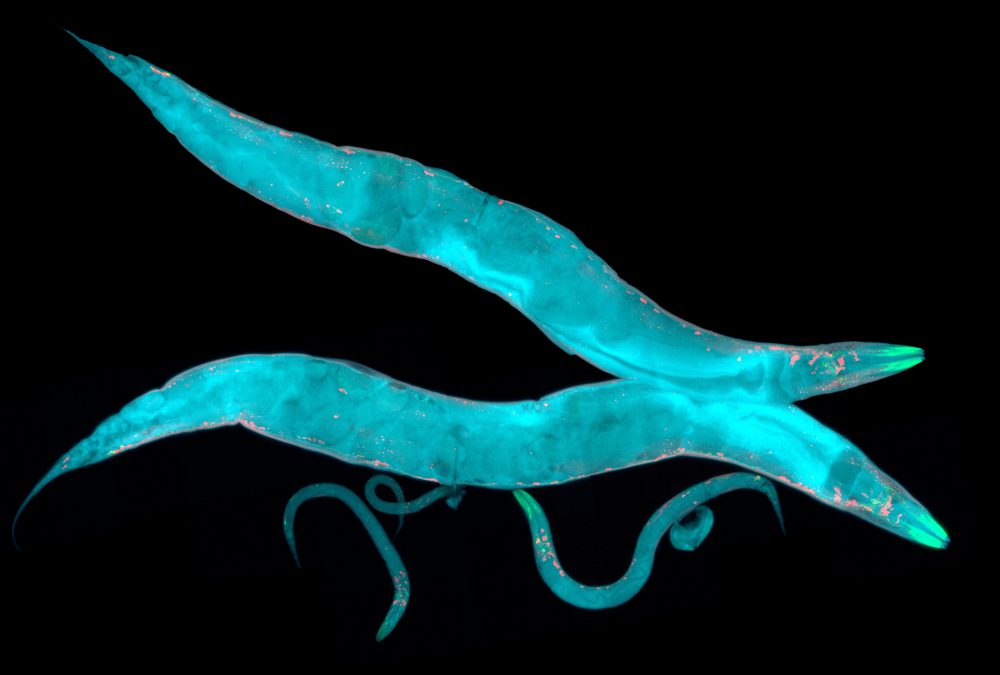Could life have existed on other worlds in the distant past? Could that life have somehow managed to survive traveling through space on a meteorite or similar object? If so, could that life have colonized other planets, possibly even earth? This idea, that life could have traveled throughout the early solar system on interplanetary debris, is called ballistic panspermia.
The idea of ballistic panspermia can be traced back as far as the 18th century to the French diplomat and historian Benoît de Maillet. The idea gained more traction in 1984, when scientists found a Martian meteorite in Antarctica that appeared to contain what was thought to be fossilized nanobacteria. Most experts now believe that these structures are not strong evidence of extraterrestrial life, and likely either formed abiotically or were contaminated by contact with the Antarctic ice. However, this has not stopped scientists from testing hypotheses related to how life may be able to travel between planets.
New research being performed by geneticists at the University of São Paulo involves testing how much g-force the roundworm Caenorhabditis elegans can survive. The scientists put C. elegans into a device called an ultracentrifuge, which is capable of spinning at very high speeds to subject the worms to massive g-forces from the acceleration. The scientists ramped the ultracentrifuge up to 400,000 g’s and held it there for an hour. When the C. elegans were removed, the scientists found that most of the worms were unaffected by the experience. Over 96% of the worms were still alive and showed no signs of physical or behavioral changes.
The huge forces experienced by C. elegans in this experiment are similar to the forces experienced by rocks that are blasted off of planets into space by volcanic eruptions or asteroid impacts. While this shows that C. elegans is hardy enough to survive in high-acceleration conditions, the experiment didn’t truly replicate the forces organisms would experience being blasted off a planet. In the experiment, the ultracentrifuge needed over 5 minutes to build up speed, whereas a rock getting launched from an erupting volcano would reach these levels of acceleration within a fraction of a second. The experiment also did not replicate any of the other dangers of space travel that organisms would experience on an interplanetary journey. Stressors such as being in a vacuum and being bombarded with cosmic radiation were not part of this experiment.
Although the experiment was not a true test of whether organisms could have traveled from planet to planet in the early solar system, it does show that one part of the idea that ballistic panspermia, whether organisms can survive the extreme g-forces associated with ejection, could be realistic even with a relatively developed organism. That implies that things like bacteria and other single-celled organisms could also survive similar conditions, and possibly could have been able to be transferred to or from earth billions of years ago.
For studies involving C. elegans, Powers Scientific’s refrigerated incubators offer a flexible growth environment. While the worms can be maintained anywhere between 16°C and 25°C, C. elegans growth rate is temperature-dependent (they grow faster at warmer temperatures), so the storage temperature must be used as a variable when planning experiments. Our versatile chambers can be adapted to create environments requiring vibration resistance, complete darkness, intense lighting, or a combination of variables. The chambers have a 2-50°C temp range, easily capable of maintaining any temperature needed to maintain C. elegans stocks. The chambers also have options for lighting control (with solid doors and clock-controlled lights) or additive humidity generation, if desired.
For more information about our refrigerated incubators or to request a quote, visit our Contact Us page or call us at (800) 998-0500.

